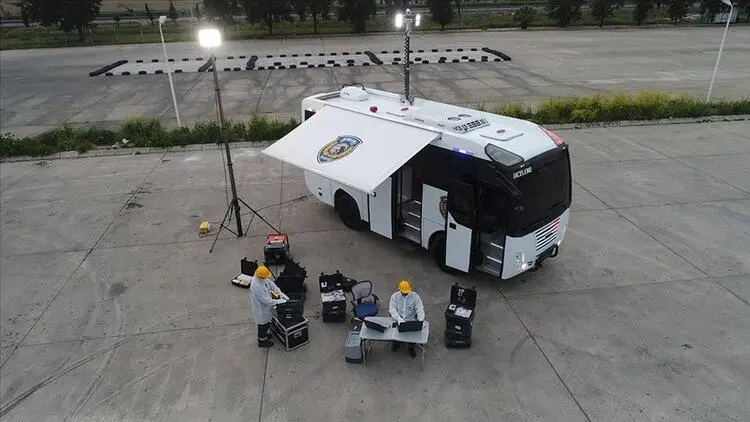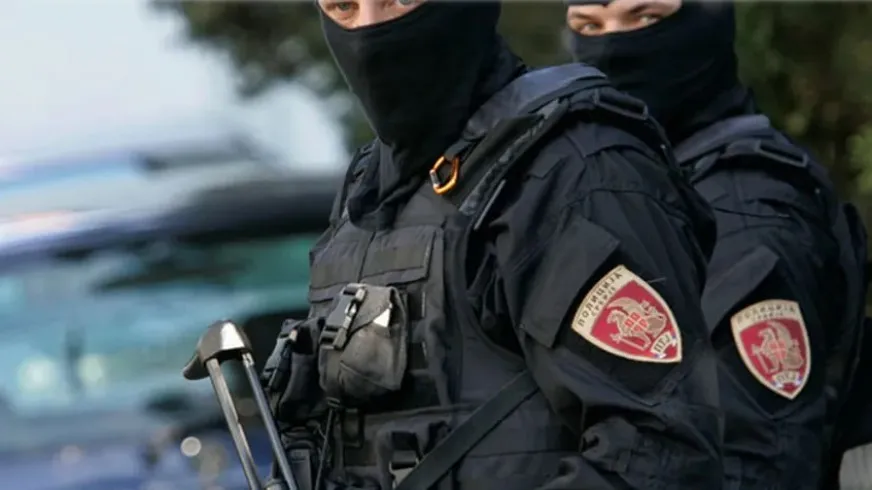
The advancements in technology enabled crime scene investigators do their job with heightened ease and accuracy. This leads to increased certainty in evaluations.
To establish a link between the culprit and the crime scene, investigators use a method known as physical evidence analysis. Discovery of such a link is vitally important in solving crimes. Fingerprints, footprints, blood stains, stains of dirt, semen, hair, garment threads, and prints of bullets, bullet-casings, tools, shoes, and objects belonging to the perpetrator can be counted among the evidences used in criminal investigations.
The evidence from the crime scene is gathered as part of a dual evidence search process and then gets linked to the culprit, the victim or victims, and/or witnesses depending on the type of the crime.
The most crucial pieces of evidence that lead law-enforcement officials to the criminals are fingerprints. These prints are used to identify the suspect.To put it more plainly, the fingerprints taken from the crime scene are ran for matches and at the end of a process of elimination, the criminal is found.
The process of elimination is comprised of the comparison of predictions and findings and if they piece tıgether, this leads the police to the culprit. In addition to this, this process also contains a comparison between the the leads attained by physical evidence – in this case, fingerprint – analysis and testimonials of witnesses revealing the rate of trustworthiness for eyewitnesses.








